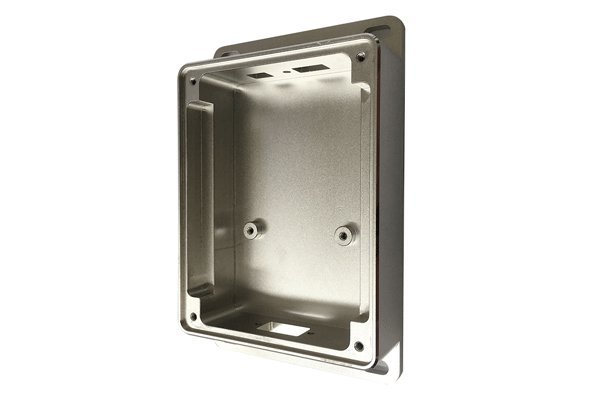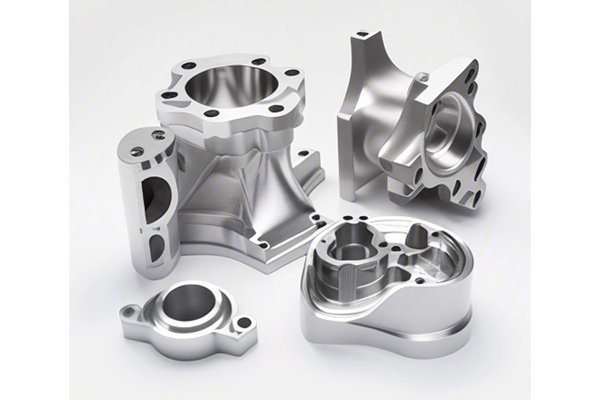Opening
Did you know that the global CNC machining market is expected to reach a staggering $117 billion by 2027, driven by an increasing demand for precision engineering across various industries? Among these applications, CNC processing of plastic parts has emerged as a critical area, yet it is rife with challenges. From material considerations to tooling intricacies, the hurdles can be steep. So, how can businesses navigate these complexities to achieve high-quality results?
In this blog, we will delve into the key challenges faced during CNC processing of plastic parts, uncover effective solutions to these issues, and make a case for why understanding these aspects is vital for manufacturers and engineers alike.
—
Understanding CNC Machining of Plastics
What is CNC Machining?
CNC (Computer Numerical Control) machining refers to a manufacturing process where pre-programmed computer software dictates the movement of factory tools and machinery. This technology allows for high precision, repeatability, and the ability to create complex parts with intricate designs.
Why Choose Plastic for CNC Machining?
Plastics are among the most versatile materials in the manufacturing industry. Their lightweight nature, resistance to corrosion, and ease of processing make them ideal for various applications in aerospace, automotive, medical, and consumer products.
However, machining plastic is not without its challenges—here are the key obstacles that manufacturers face.
—
The Challenges of CNC Processing Plastic Parts
Problem
Different types of plastics exhibit various physical and chemical properties that can significantly influence the machining process. For example, materials like polycarbonate (PC) and acrylonitrile butadiene styrene (ABS) have different thermal expansions and melting points, making them sensitive to machining conditions.
Solution
To mitigate issues related to material properties, it’s crucial to:
Problem
Plastic components tend to be softer than metals, which can lead to rapid tool wear. The heat generated during machining can also soften the plastic, leading to chip adhesion on the cutting tools.
Solution
To extend tool life, manufacturers can adopt the following practices:
Problem
Achieving a high-quality surface finish on plastic parts can be challenging, particularly with materials that are prone to deformation under heat or pressure.
Solution
Implementing strategies such as:
Problem
Plastic chips can behave differently than metal chips, often adhering to the tools and creating clogging issues. This can impede production efficiency and compromise part quality.
Solution
To effectively manage chip control:

Problem
Plastics can warp or deform when exposed to high temperatures. This can lead to dimensional inaccuracies in machined parts.
Solution
To address thermo-plastic behavior:
Problem
Plastics can undergo slight dimensional changes either during or after machining due to internal stresses or environmental factors (temperature and humidity), affecting the part’s final fit and tolerance.
Solution
To manage tolerances effectively:
—
Advanced Solutions in CNC Processing of Plastic Parts
CNC Software and Automation
Utilizing advanced CNC software can greatly simplify the machining process and increase accuracy:
Real-Time Monitoring Systems
Implementing real-time monitoring systems can greatly enhance quality control:
Selecting the Right CNC Technology
Each CNC machining technology has its strengths and weaknesses:
Choosing the right machining technology can greatly enhance productivity and part quality.
—
CNC processing of plastic parts presents unique challenges that require careful consideration and strategic solutions. By addressing material characteristics, managing tool wear, ensuring quality surface finishes, controlling chip dynamics, and understanding thermo-plastic behavior, manufacturers can optimize their processes for successful outcomes.
As the industry continues to evolve and the demand for precision in plastics increases, adopting advanced technologies and real-time monitoring systems becomes crucial. By leveraging the latest innovations in CNC machining, businesses can not only meet the existing challenges head-on but also position themselves for success in a rapidly growing market.
This blog serves as a guide for manufacturers and engineers to reflect on these challenges and implement effective solutions. Improved understanding and proactive management of CNC processing challenges can lead to drastic improvements in production efficiency, part quality, and ultimately, business success.
As CNC technologies advance, staying informed and adaptable in your approaches will be critical for the future of plastic manufacturing.



